5 Technologies That Connect to Customers
Technological advancements let consumers connect with insurers at all times, creating highly personalized services that are in high demand.

Technological advancements let consumers connect with insurers at all times, creating highly personalized services that are in high demand.

Get Involved
Our authors are what set Insurance Thought Leadership apart.
|
Partner with us
We’d love to talk to you about how we can improve your marketing ROI.
|

Brady Mason has covered insurance-related news and trends for P&C, travel, and health insurance industries. He's contributed to sites such as PropertyCasualty360, BankRate and Tech.co. Currently, he's working for Clearlink Insurance Agency as a content strategist for insurance.safeco.com and medicarehealthplans.com.
What is it about reality-TV stars and insurance fraud? Another one pleads guilty, to lying to receive workers' comp benefits.

Get Involved
Our authors are what set Insurance Thought Leadership apart.
|
Partner with us
We’d love to talk to you about how we can improve your marketing ROI.
|
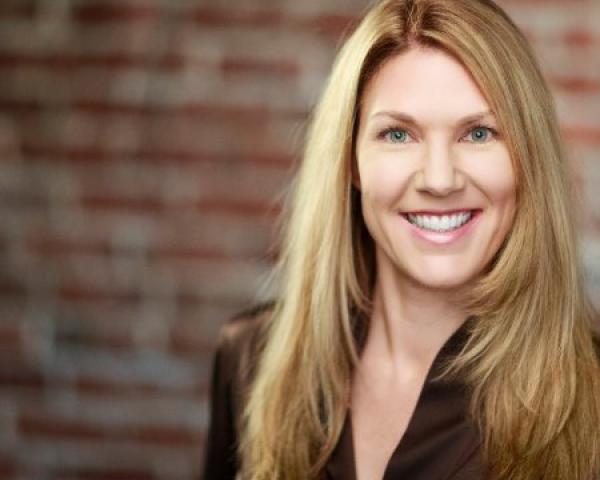
Dalene Bartholomew is an insurance fraud specialist, investigative training expert, recognized speaker and author. Bartholomew is vice president with VRC Investigations, a certified fraud examiner, certified insurance fraud investigator, expert witness and workers' compensation fraud authority.
First responders get lots of training, but what about second responders? Here are four hazards that claims pros must watch out for.

Get Involved
Our authors are what set Insurance Thought Leadership apart.
|
Partner with us
We’d love to talk to you about how we can improve your marketing ROI.
|

Judith Vaughan, CPCU, AIC, AIM, earned her B.A. from the University of Pennsylvania. She has more than twenty years' experience in claims and risk management for international organizations, and is currently Director of Content Development at The Institutes.
Connected cars may implicitly trust anything that communicates with them and fall victim to transmissions with no authentication.

Get Involved
Our authors are what set Insurance Thought Leadership apart.
|
Partner with us
We’d love to talk to you about how we can improve your marketing ROI.
|

Byron Acohido is a business journalist who has been writing about cybersecurity and privacy since 2004, and currently blogs at LastWatchdog.com.
While digital has created huge efficiencies for agents, three underutilized approaches provide opportunities for even bigger gains.

Get Involved
Our authors are what set Insurance Thought Leadership apart.
|
Partner with us
We’d love to talk to you about how we can improve your marketing ROI.
|
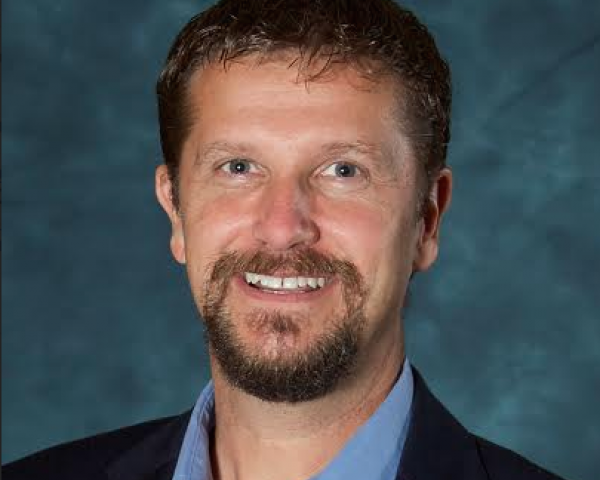
Thad Bauer, vice president and general manager of IVANS Insurance Solutions, has had 25 years of property and casualty experience and has played a key role in furthering the adoption of ACORD standards to exchange data within the industry to improve efficiencies.
The C. Everett Koop Award just went to a company that HURT employees' health. It's time for a code of conduct for wellness programs.

 In addition to the objective failure of the program, consider employee self-reported health. The single most important question to ask to gauge the state of someone’s health is: “How is your health?” Wellsteps buried the answer to that question at the end of a long list, but squint hard enough and you can see that Boise employee self-reported health status declined, by a small but statistically significant (p=0.0007) amount:
In addition to the objective failure of the program, consider employee self-reported health. The single most important question to ask to gauge the state of someone’s health is: “How is your health?” Wellsteps buried the answer to that question at the end of a long list, but squint hard enough and you can see that Boise employee self-reported health status declined, by a small but statistically significant (p=0.0007) amount:
 There are many other problems with this program, too. Wellsteps is shaming even the lightest drinkers, attributing massive savings to improved health despite the deterioration in health, suppressing data showing increased health spending and flouting clinical guidelines. All that is covered in this Linkedin Pulse.
In all fairness, here is the response from Wellsteps’ Troy Adams (best known in the wellness industry for posting that ”It’s fun to get fat, and it’s fun to be lazy”) to my initial observations that Wellsteps is harming employees and fabricating savings. Surprisingly, I agree with both points:
There are many other problems with this program, too. Wellsteps is shaming even the lightest drinkers, attributing massive savings to improved health despite the deterioration in health, suppressing data showing increased health spending and flouting clinical guidelines. All that is covered in this Linkedin Pulse.
In all fairness, here is the response from Wellsteps’ Troy Adams (best known in the wellness industry for posting that ”It’s fun to get fat, and it’s fun to be lazy”) to my initial observations that Wellsteps is harming employees and fabricating savings. Surprisingly, I agree with both points:
Get Involved
Our authors are what set Insurance Thought Leadership apart.
|
Partner with us
We’d love to talk to you about how we can improve your marketing ROI.
|

Al Lewis, widely credited with having invented disease management, is co-founder and CEO of Quizzify, the leading employee health literacy vendor. He was founding president of the Care Continuum Alliance and is president of the Disease Management Purchasing Consortium.
The good news is that cyber criminals can get lazy and consistently use addresses like Superman, 111 Anywhere Lane, Anytown USA 11111.
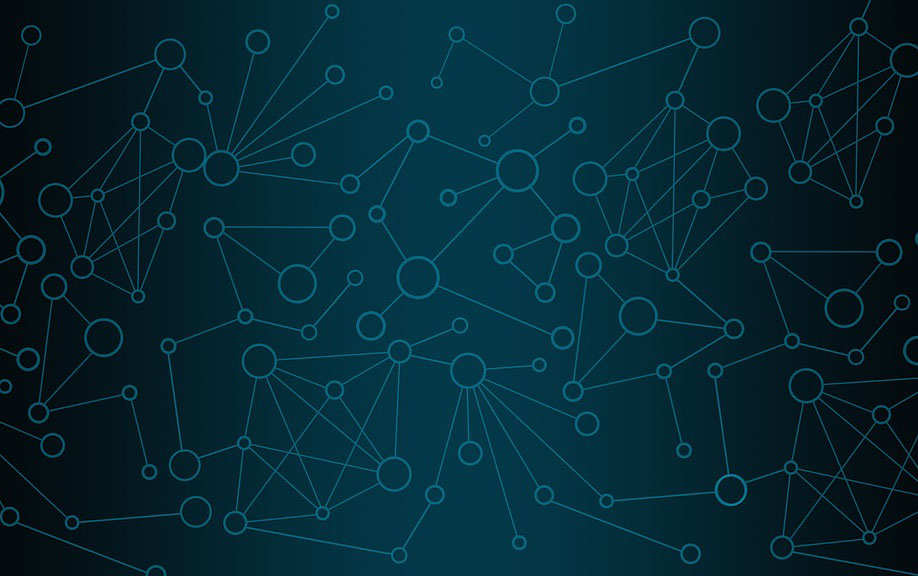
Get Involved
Our authors are what set Insurance Thought Leadership apart.
|
Partner with us
We’d love to talk to you about how we can improve your marketing ROI.
|

Byron Acohido is a business journalist who has been writing about cybersecurity and privacy since 2004, and currently blogs at LastWatchdog.com.
Hanging onto this outdated notion has caused the industry to lose focus on the end consumer and shift the focus to the agent as customer.

Get Involved
Our authors are what set Insurance Thought Leadership apart.
|
Partner with us
We’d love to talk to you about how we can improve your marketing ROI.
|
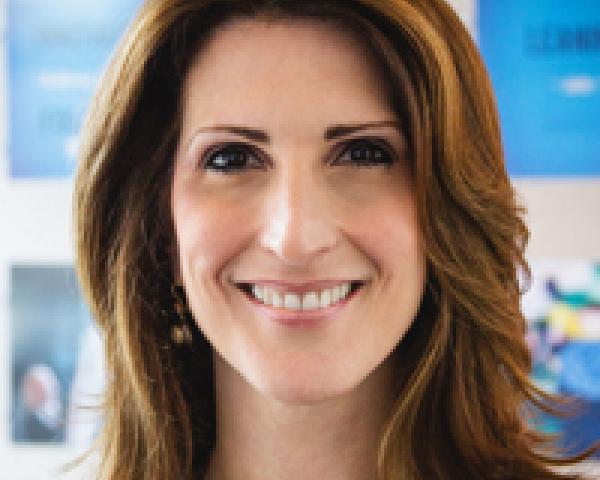
Maria Ferrante-Schepis is the managing principal of insurance and financial services innovation at Maddock Douglas.
Cost is a sticking point for almost all customers and a common reason why deals of all kinds fail. But don't get discouraged.

Get Involved
Our authors are what set Insurance Thought Leadership apart.
|
Partner with us
We’d love to talk to you about how we can improve your marketing ROI.
|

Doug Froggatt, CPCU, is Senior Director and Manager of Content Development at The Institutes.
If major cities are hit by shortages in key areas, the world could be plunged into one of the worst recessions it has ever seen.

Get Involved
Our authors are what set Insurance Thought Leadership apart.
|
Partner with us
We’d love to talk to you about how we can improve your marketing ROI.
|
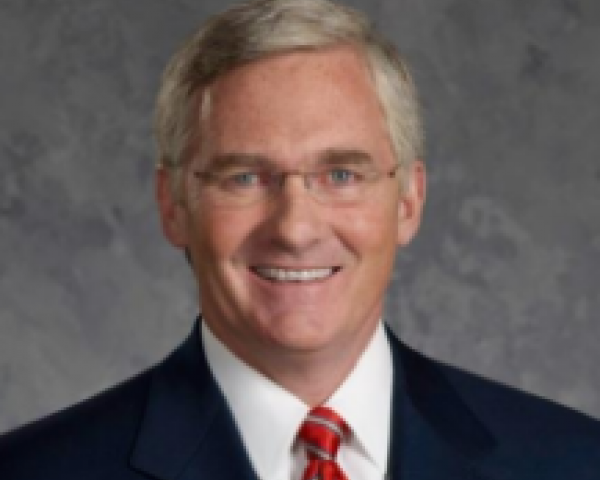
Kevin White is Chief Executive Officer of Aon’s Global Construction & Infrastructure Practice, where he is responsible for its growth and operational excellence. Kevin is also responsible for Aon’s U.S. Power and Environmental Practices.